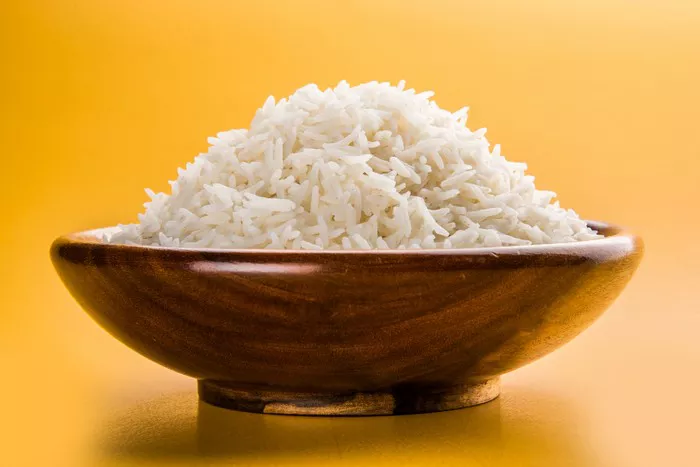Diabetes management revolves around maintaining blood sugar levels within a healthy range. Diet plays a crucial role in achieving this goal, and the inclusion of whole grains is often debated among individuals with diabetes. Whole grain rice, in particular, is a staple in many diets worldwide, but its impact on blood sugar levels and overall health for diabetics warrants closer examination.
Understanding Diabetes and Whole Grains
Diabetes is a chronic condition characterized by high levels of glucose (sugar) in the blood. There are two main types of diabetes: type 1 and type 2. In type 1 diabetes, the body does not produce enough insulin, a hormone that helps regulate blood sugar levels. Type 2 diabetes occurs when the body becomes resistant to insulin or doesn’t produce enough insulin to maintain normal glucose levels.
Whole grains are an essential component of a healthy diet, offering a rich source of nutrients, including fiber, vitamins, minerals, and antioxidants. Unlike refined grains, such as white rice, which undergo processing that removes the bran and germ, whole grains retain these nutritious components.
The Glycemic Index and Whole Grain Rice
The glycemic index (GI) is a measure of how quickly foods raise blood sugar levels. Foods with a high GI are rapidly digested and cause a sharp increase in blood glucose, while those with a low GI are digested more slowly, resulting in a gradual rise in blood sugar levels.
Whole grain rice typically has a lower GI compared to refined white rice. This is because the bran and germ present in whole grain rice contain fiber, which slows down digestion and absorption, leading to a more gradual increase in blood sugar levels. Therefore, choosing whole grain rice over white rice may help stabilize blood sugar levels in individuals with diabetes.
Nutritional Benefits of Whole Grain Rice for Diabetics
Whole grain rice offers several nutritional benefits that make it a valuable addition to the diet of individuals with diabetes:
Fiber Content: Whole grain rice is rich in dietary fiber, which promotes satiety, aids in digestion, and helps regulate blood sugar levels. Fiber slows down the absorption of glucose in the bloodstream, preventing rapid spikes in blood sugar levels after meals.
Vitamins and Minerals: Whole grain rice contains essential vitamins and minerals, including B vitamins, magnesium, and selenium. These nutrients play various roles in metabolic processes and overall health, contributing to optimal diabetes management.
Antioxidants: The bran layer of whole grain rice contains antioxidants, such as phenolic compounds and flavonoids, which help protect cells from damage caused by free radicals. Antioxidants have been linked to reduced inflammation and improved insulin sensitivity, both of which are beneficial for individuals with diabetes.
Incorporating Whole Grain Rice Into a Diabetic Diet
While whole grain rice can be a healthy choice for individuals with diabetes, portion control and overall dietary balance are essential considerations. Here are some tips for incorporating whole grain rice into a diabetic-friendly diet:
Watch Portion Sizes: Despite its nutritional benefits, whole grain rice still contains carbohydrates, which can affect blood sugar levels. Be mindful of portion sizes and consider measuring servings to avoid overconsumption.
Pair with Protein and Vegetables: To create a balanced meal that helps stabilize blood sugar levels, pair whole grain rice with lean protein sources, such as grilled chicken or tofu, and plenty of non-starchy vegetables. This combination provides a mix of nutrients and slows down the digestion of carbohydrates.
Experiment with Other Whole Grains: While whole grain rice is a popular choice, don’t hesitate to explore other whole grains, such as quinoa, barley, and bulgur. These grains offer similar nutritional benefits and can add variety to your diet.
Monitor Blood Sugar Levels: Pay attention to how whole grain rice affects your blood sugar levels by monitoring regularly, especially after meals containing rice. Adjust portion sizes or meal compositions as needed to maintain optimal blood glucose control.
Conclusion
In conclusion, whole grain rice can be a valuable component of a diabetic-friendly diet, offering nutritional benefits such as fiber, vitamins, minerals, and antioxidants. Compared to refined grains, whole grain rice has a lower glycemic index and may help stabilize blood sugar levels when consumed in moderation as part of a balanced meal.However, individual responses to carbohydrate-containing foods can vary, so it’s essential for individuals with diabetes to monitor their blood sugar levels and adjust their diet accordingly. Incorporating whole grain rice along with other whole grains, lean proteins, and vegetables can contribute to better blood sugar management and overall health for individuals living with diabetes. As always, consulting with a healthcare provider or registered dietitian can provide personalized guidance tailored to individual needs and preferences.
Related topics:
Foods to Avoid to Lower Glucose Levels

























